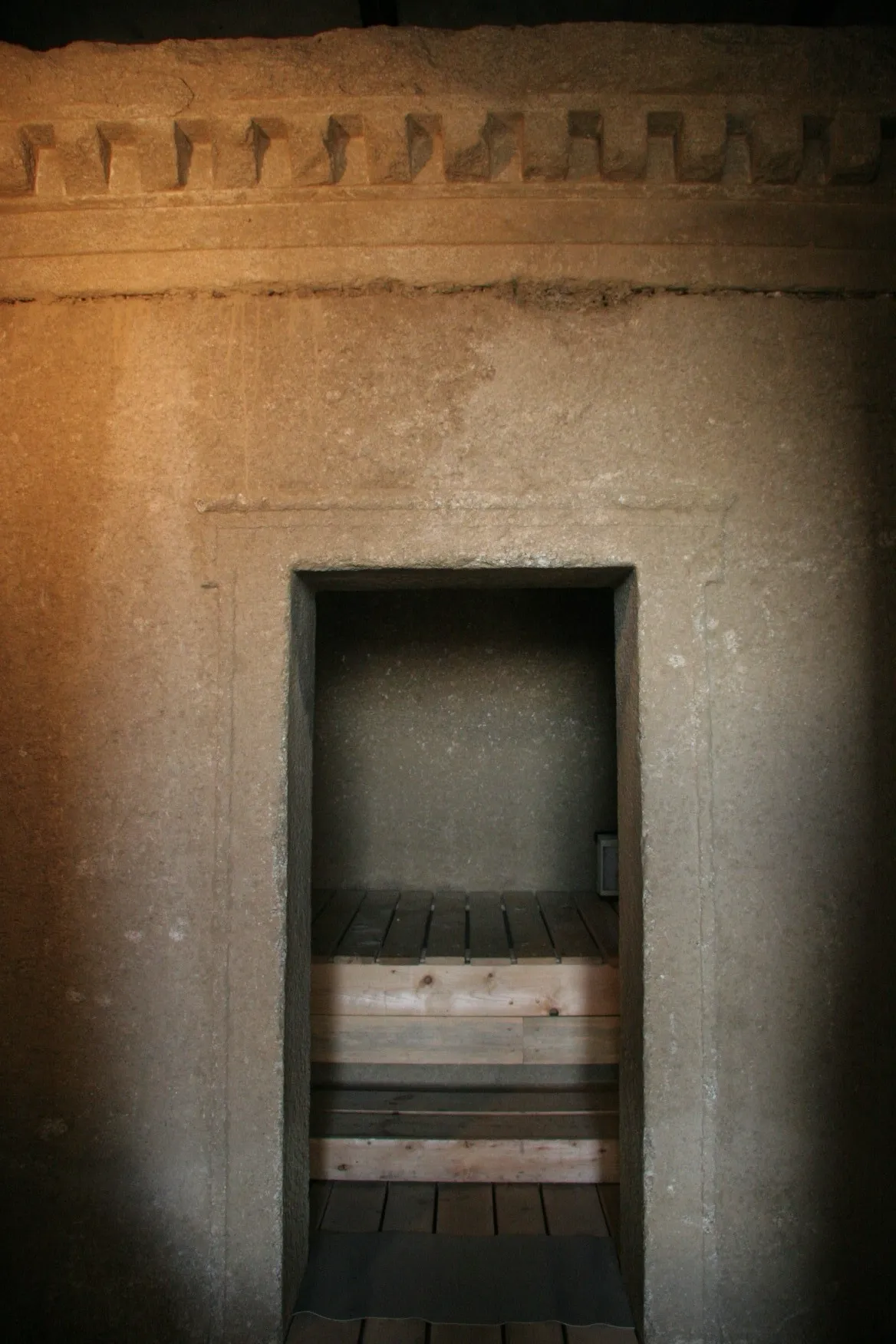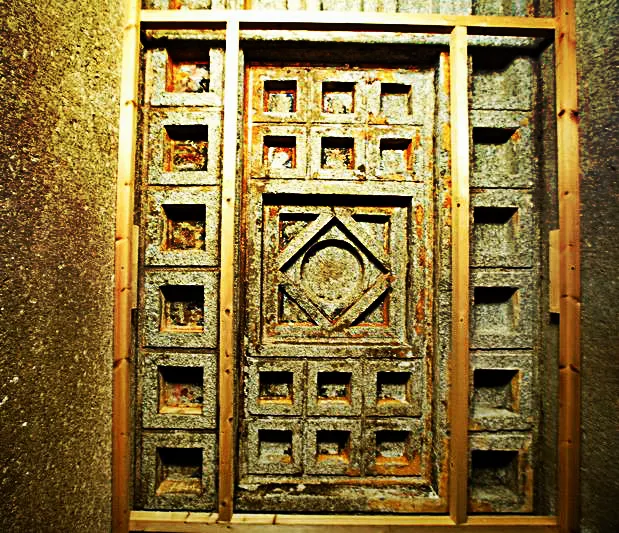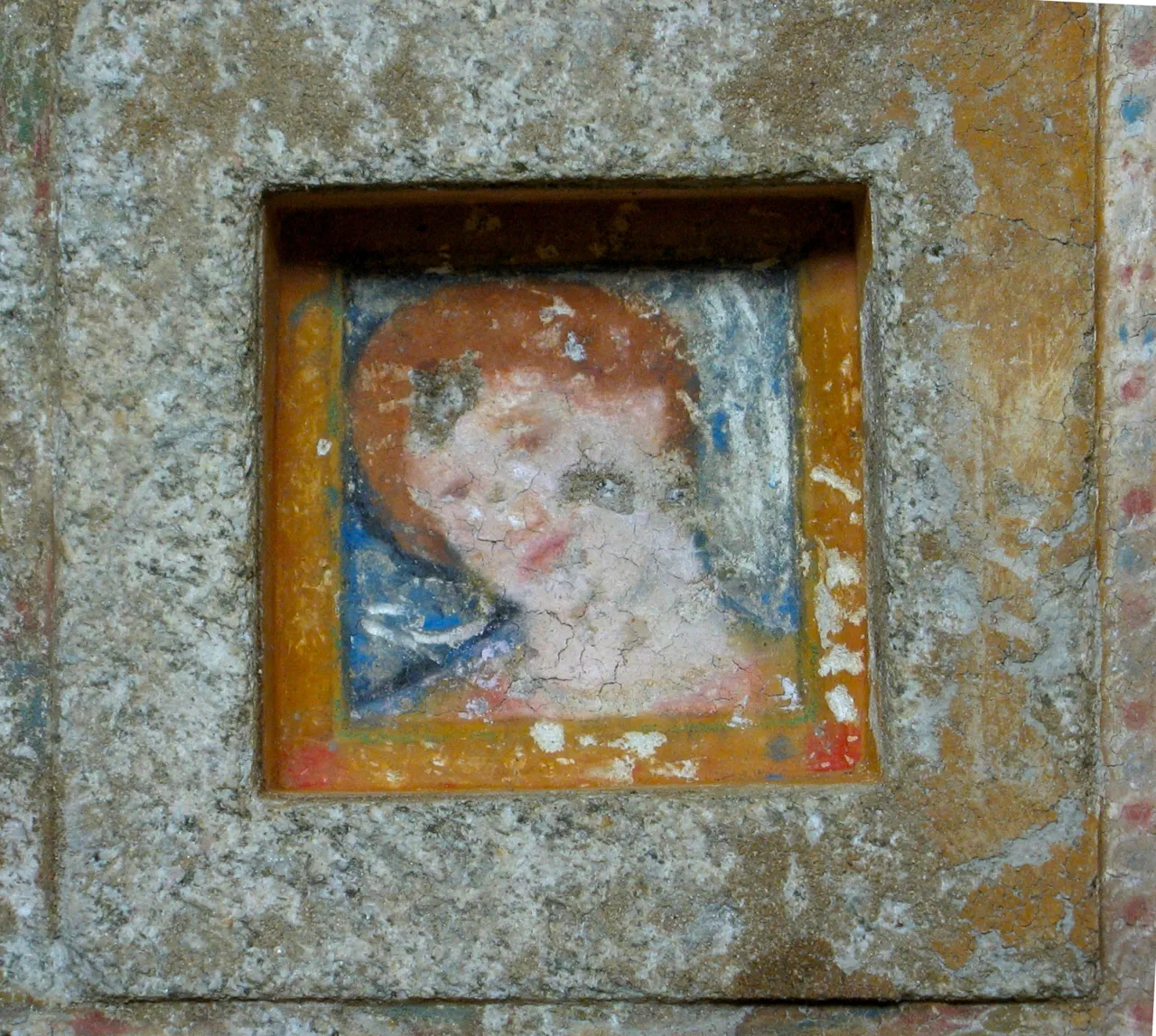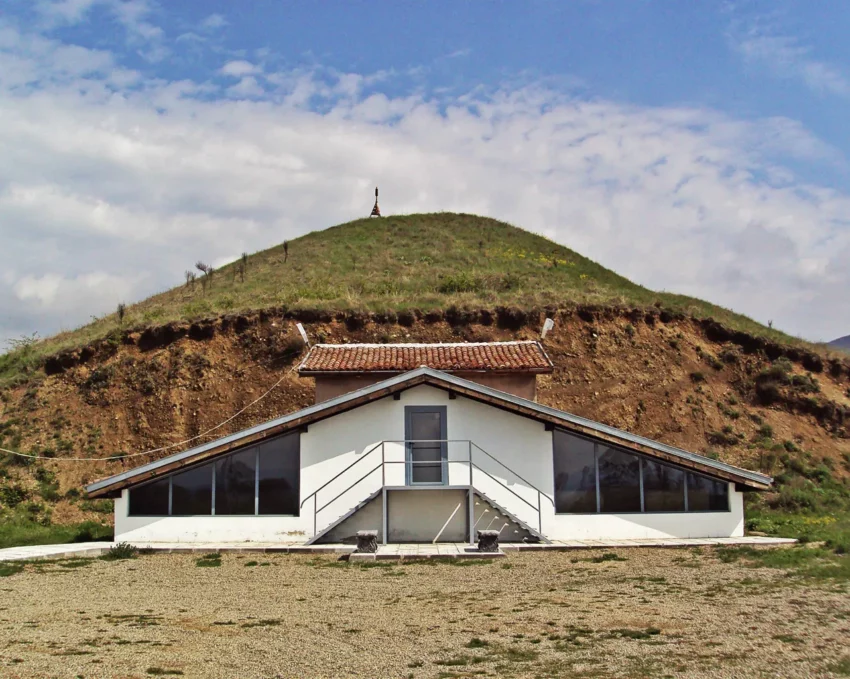Overview of the Ostrusha mound
Bulgarian archaeologists found the Ostrusha Mound near Shipka in 1993. Built in the 4th century BC, it served as an important tomb for the Thracians.
Get your dose of History via Email
The complex has six chambers, totaling 100 square meters. One especially impressive chamber is made from two giant carved stones – a whopping 60 tons! This central chamber boasts a fascinating ceiling decorated with pictures of people, animals, and flowers.

Architectural Features and Artifacts
Archaeologists unearthed many interesting artifacts here, including a horse skeleton, weapons, a silver jug, and beautiful pottery. These finds shed light on Thracian art and burial customs.
Archaeological Discoveries
The discovery of the central chamber happened in April 1993. It’s part of a larger complex built with stone blocks joined by metal clamps. The first room found served as a central point for reaching other chambers.

The Central Chamber
The central chamber itself is a marvel. Carved from a massive stone block, it sits on a three-step platform. The entrance faces south, and the roof is designed like wooden beams. This design creates geometric shapes on the ceiling, with a circle in the middle, possibly symbolizing the sun.
Conservation Efforts
To protect this remarkable site, archaeologists reconstructed the complex in 2012 and built a shelter around it. Currently, only the central chamber is open to visitors.

Conclusion
The Ostrusha Mound is a treasure trove of information about Thracian culture. It showcases their impressive architecture and beliefs about death. Conservation efforts ensure this fascinating piece of history will be around for future generations to explore.
Sources:


